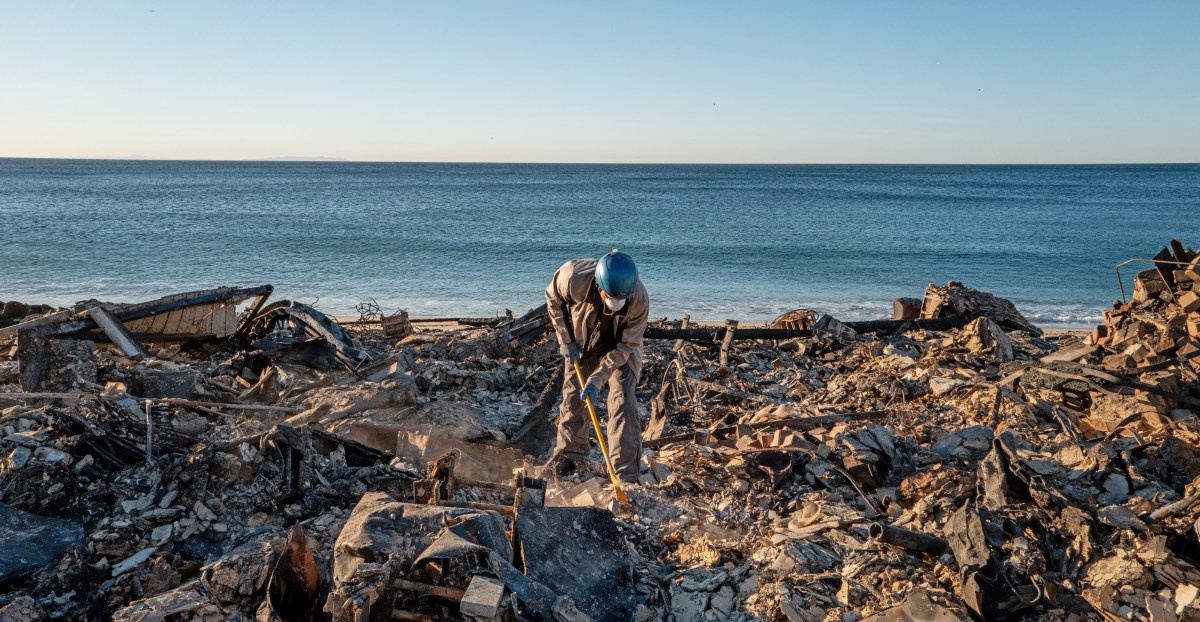Unraveling the Disaster: Lessons from the Los Angeles Fires on Relief Efforts
The recent fires in Los Angeles have become a stark reminder of the devastating impact of natural disasters and have exposed critical gaps in disaster relief strategies. As flames engulfed vast areas, threatening lives, homes, and natural habitats, the response from various agencies and organizations was put to the test. This article delves into the challenges faced during these catastrophic events and the insights gained from them, highlighting the need for a more robust response system.
Understanding the Scope of the Fires
In recent years, California, and particularly Los Angeles, has seen an increase in wildfire incidents, with 2023 being no exception. The fires this year were fueled by a combination of factors including prolonged drought conditions, high winds, and extreme temperatures. These elements not only intensified the fires but also complicated the efforts of firefighting teams.
As the fires spread, thousands of residents were forced to evacuate, leading to chaotic scenes as families scrambled to gather their belongings and seek safety. The scale of the disaster brought to light several key challenges in disaster relief efforts.
Challenges Faced During the Relief Efforts
Despite the best intentions and efforts of various agencies, several challenges emerged during the Los Angeles fires:
- Coordination Issues: One of the most significant hurdles was the lack of effective coordination among federal, state, and local agencies. This disorganization led to delays in response times, ultimately impacting the safety of residents.
- Communication Breakdowns: Many residents reported confusion regarding evacuation orders and available resources. Clear, timely communication is crucial during a crisis, yet it often falters when multiple agencies are involved.
- Resource Allocation: The sheer scale of the fires stretched resources thin. Firefighters, emergency responders, and relief organizations faced shortages of personnel and equipment, hindering their ability to act swiftly.
- Access to Information: Many affected individuals struggled to access information about shelters, relief services, and recovery options. This lack of accessible information can lead to increased anxiety and uncertainty during an already traumatic experience.
Lessons Learned from the Disasters
These challenges, while daunting, provided invaluable lessons that can guide future disaster relief efforts. Here are some key takeaways:
- Enhanced Coordination: A more structured approach to coordination among agencies can significantly improve response times and overall effectiveness. Regular joint training exercises and communication protocols can foster teamwork and preparedness.
- Improved Communication Strategies: Establishing clear lines of communication is essential. Utilizing multiple channels, including social media, local radio, and community outreach, can ensure that information reaches everyone promptly.
- Resource Management Plans: Developing comprehensive resource management strategies will help anticipate needs and allocate resources more effectively. This includes pre-positioning supplies and personnel in high-risk areas.
- Community Involvement: Engaging local communities in disaster preparedness initiatives can empower residents. By offering training and resources, communities can become more resilient and self-sufficient during emergencies.
The Role of Technology in Disaster Relief
Technology has the potential to revolutionize disaster relief efforts. During the Los Angeles fires, several technological tools were utilized, but there is room for improvement:
- Real-Time Data Sharing: Utilizing platforms that allow for real-time data sharing among emergency services can enhance situational awareness and decision-making.
- Mobile Applications: Developing mobile apps that provide critical information, such as evacuation routes and shelter locations, can aid in disseminating information quickly and effectively.
- Drones for Assessment: Drones can be employed for aerial assessments to identify hotspots and areas needing immediate attention, allowing for more targeted firefighting efforts.
Community Resilience: A Critical Component
While government and relief agencies play crucial roles in disaster response, community resilience is equally important. Local organizations, volunteers, and residents often step up to provide immediate assistance, whether it’s through sheltering evacuees or distributing supplies. Fostering a culture of preparedness within communities can make a significant difference in how effectively they respond to disasters.
One of the standout examples during the Los Angeles fires was the swift action taken by neighborhood groups. These grassroots efforts not only provided immediate relief but also helped to build a sense of community solidarity. By collaborating with local organizations, residents can create a network of support that is invaluable during emergencies.
Looking Ahead: A Call for Action
The fires in Los Angeles serve as a clarion call for all stakeholders involved in disaster relief. As climate change continues to contribute to the frequency and intensity of natural disasters, it is imperative that we learn from past experiences to build a more resilient future.
Key actions moving forward should include:
- Investment in Infrastructure: Enhancing infrastructure to withstand natural disasters can save lives and resources. This includes creating firebreaks, improving water supply systems, and investing in fire-resistant building materials.
- Comprehensive Training Programs: Regular training for emergency responders, volunteers, and community members can ensure that everyone knows their role during a disaster, paving the way for a more cohesive response.
- Legislation for Preparedness: Advocating for policies that prioritize disaster preparedness and funding can drive systemic changes necessary for a more effective response.
Conclusion
The Los Angeles fires have laid bare the vulnerabilities in our disaster relief strategies, but they have also illuminated the path forward. By embracing lessons learned, fostering community resilience, and leveraging technology, we can enhance our disaster response systems. The road to improvement may be long, but with concerted efforts, we can emerge stronger and better prepared for the future.
See more Your Daily Weather



